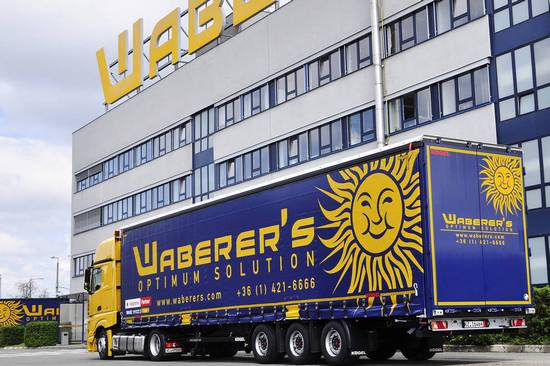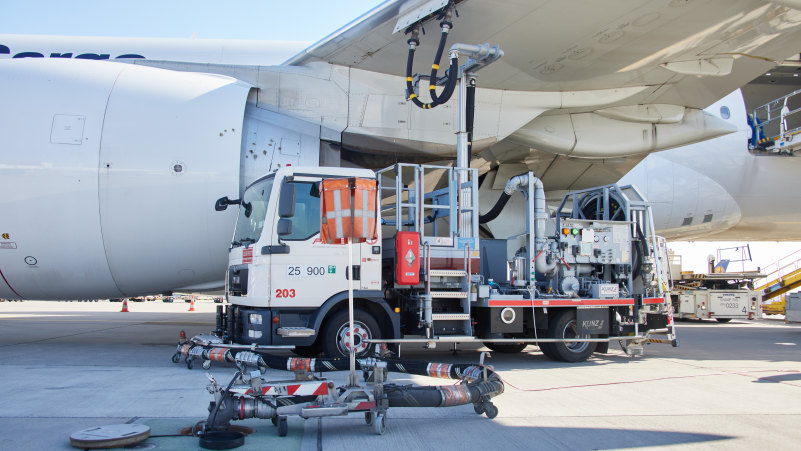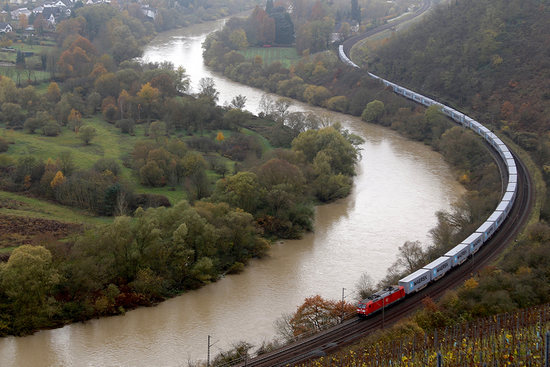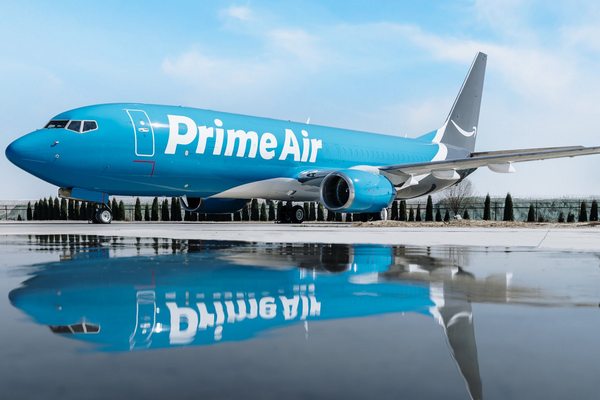The European Union committed a substantial €10 billion to bolster the infrastructure of the Middle Corridor, a key transportation route linking Europe to China through Central Asia, designed to enhance the efficiency of multimodal transport routes.
This funding is not just a show of intent but part of a detailed, well-articulated plan identifying 33 key infrastructure projects along with a series of coordinated actions from institutional, legal, and technical perspectives. A foundational study of the corridor has outlined three potential routes—north, central, and south—with the central route ultimately being selected. This choice prioritizes infrastructural developments particularly involving Kazakhstan and Uzbekistan.
The projects focused on railways are extensive and include creating an alternative bypass for the Almaty station in Kazakhstan to facilitate primarily freight traffic, strengthening the entire railway line from Kazakhstan to the Chinese border, and upgrading the border terminals between Uzbekistan and Kazakhstan.
Beyond the rail infrastructure, European efforts in the Middle Corridor also include expanding the port capacity in the Caspian Sea to boost this mode of transportation. Several of these projects are already underway, funded by European institutions such as the European Investment Bank and the European Bank for Reconstruction and Development, which have so far provided a total of three billion euros.
Despite current geopolitical tensions, like the war in Ukraine, the Middle Corridor is set to become an increasingly established transport route. Initially envisioned in 2013 as part of the broader Belt & Road Initiative, it officially took off in December 2016 when Kazakhstan, Azerbaijan, and Georgia formed the Trans-Caspian International Transport Route Association, involving various commercial transport organizations.
Infrastructure developments have significantly enhanced the Middle Corridor. Notably, the trans-Kazakh railway, completed in 2014, has established a major east-west transport axis across the country, spanning a thousand kilometers. These investments, supported by the EBRD, the Asian Development Bank, and the Islamic Development Bank, aim to position Kazakhstan as a major communication link between the Caucasus and the West via the Caspian.
Recent months have seen a surge in memoranda of understanding between major logistics companies and Kazakh railways for new investments in infrastructure and terminals. The Caspian Sea port situation is also noteworthy, with ports like Aktau (accounting for 40% of the area’s movements) and Kuryk experiencing significant traffic increases. By 2025, a new major container terminal is expected to be operational in the port of Aktau.
A critical component for the Middle Corridor was the construction of the Baku-Tbilisi-Kars railway, which since 2017 has opened up a direct route to Turkey or alternatively to the Black Sea. This railway is increasingly central to investment for its enhancement, with Azerbaijan committing an additional hundred million euros in January 2023 to boost its capacity, reflecting the continued double-digit increase in traffic, which peaked at a 30% rise between 2021 and 2022.
Piermario Curti Sacchi

































































